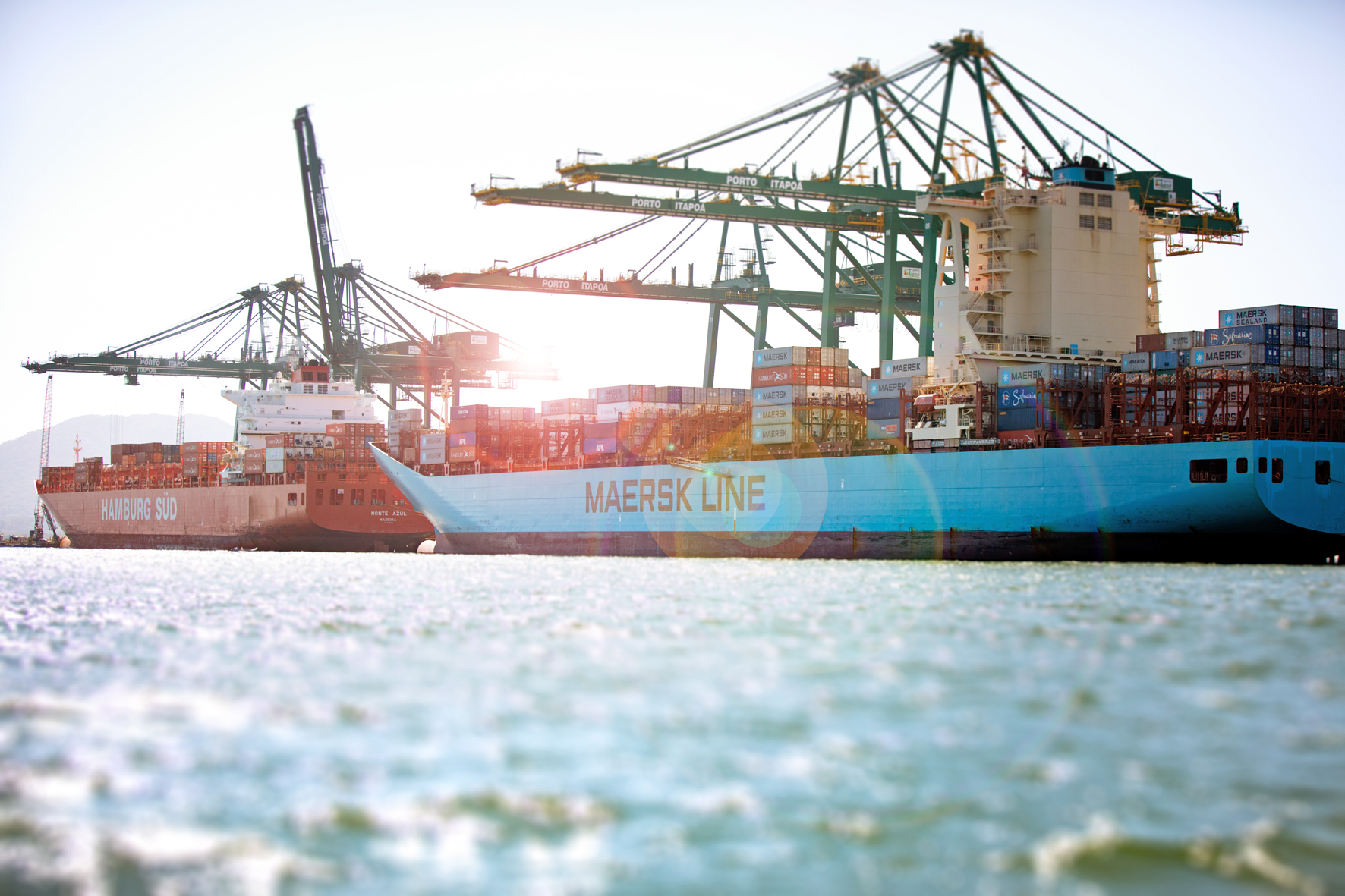Non-tariff trade barriers (NTTB) don’t involve the official imposition of duty, However, as Murray Painter explains, these barriers are very real – particularly with China but also with New Zealand’s other Free Trade Partners.
In the 2017 edition of the New Zealand Export & Trade Handbook I wrote an article entitled “China, the big opportunity or road to export failure”. At that time the government was looking to update the China New Zealand Free Trade Agreement (FTA).
This year the newly updated FTA will most likely come into force with continued concessions for dairy, to put New Zealand in the most preferential position by 2024.
New preferential access will also slowly eliminate tariffs on wood and paper products over the next decade. This is a $3 billion export industry, so the upgraded deal is significant.
However, what the Trade Agreement provisions don’t fully address yet are trade barriers. Known as non-tariff trade barriers (NTTB) because they don’t involve the official imposition of duty, these barriers are very real, particularly with China but also with our other Free Trade Partners.
These NTTBs can take many forms and may be perpetrated by not only Government officials but offshore customs brokers or other individuals in positions of power that influence the movement of your goods and services. This makes them very hard to manage, particularly when an exporter is in the vulnerable position of its goods arriving at an overseas port and a threat of goods being rejected, either perceived or real.
With perishables or limited shelf-life products the stress levels can rise even further.
The barrier may be something as simple as changing a document or making a new declaration.
For some countries the official rules may change after the goods have been shipped and the buyer insists on new documentation to meet the new rules.
The instances I have been involved in most frequently are certificates of origin or declarations of origin under FTAs. Chinese buyers insist that officially issued certificates are changed to their own requirements.
Vietnamese buyers not accepting the official declaration of origin is also common
Why do they do this?
Sometimes it is purely ignorance of the FTA legislation.
My research has also revealed that many times it is the customs broker at the destination port who is insisting on change. The broker insists on something that is not shown in the FTA and tells the buyer the goods will not clear customs without their demands being met. The buyer then relays that to the exporter.
As the exporter in this situation you are faced with a dilemma.
Produce a document or documents that you know are incorrect to ensure customs clearance or, insist that what you have produced is correct and risk delays.
Too often this decision is, in New Zealand, placed on the shoulders of a documentation officer or salesperson. Such a decision should be elevated to a senior manager who understands customs rules and the provisions of the FTA.
How well known are these trade barriers?
The New Zealand Government knows about the trade barriers and has a website (www.tradebarriers.govt.nz) where you can register a NTTB.
You are directed to one of five government departments to assist – MBIE, MFAT, MPI, Education NZ or Customs – depending on your issue.
In the upgraded FTA for China the New Zealand government has also acknowledged the number of NTTBs we experience as exporters by including a provision, “To improve current mechanisms for cooperation and dialogue, particularly on non-tariff trade barriers impacting trade”.
Hopefully these two initiatives will start to provide exporters with some relief and assistance.
But what can you do to prevent these barriers affecting your products?
There are two simple ways to avoid most of these.
- Prepare a set of documents that you will be using for sales to each market into which you are selling. These become a template for that market and must be revised and updated regularly when changes in legislation occur. Have your buyer check the documents and agree that these documents meet requirements.
- Ensure that in your contract of sale (which should be an internationally acceptable document incorporating Incoterms 2020 and other recognised trade protocols) it states clearly that documentation provided for this sale is as per the template sent and agreed to between buyer and seller.
Whilst this will not prevent changes of mind, unscrupulous brokers insisting on ridiculous changes, or changes in legislation, there is at least the opportunity to get the documentation right at the beginning of the sale and, if it should occur, a protection of your contractual position in a dispute.
Murray J Painter is an export advisor and mentor. He is the CEO of the Export Academy of New Zealand and GoGroup NZ Ltd. Go to www.exportacdemy.ac.nz or www.gogroup.co.nz. This article was first published in the 2020 edition of the New Zealand Export & Trade Handbook.




